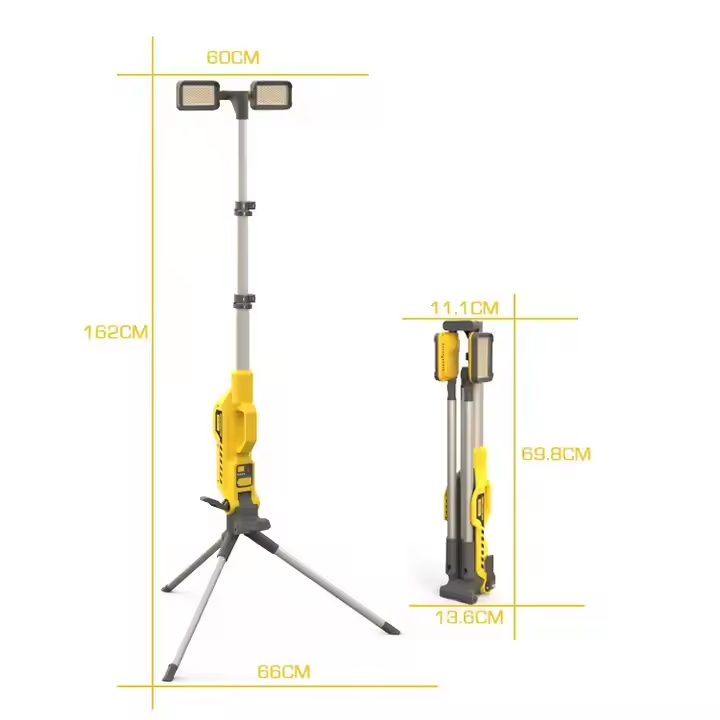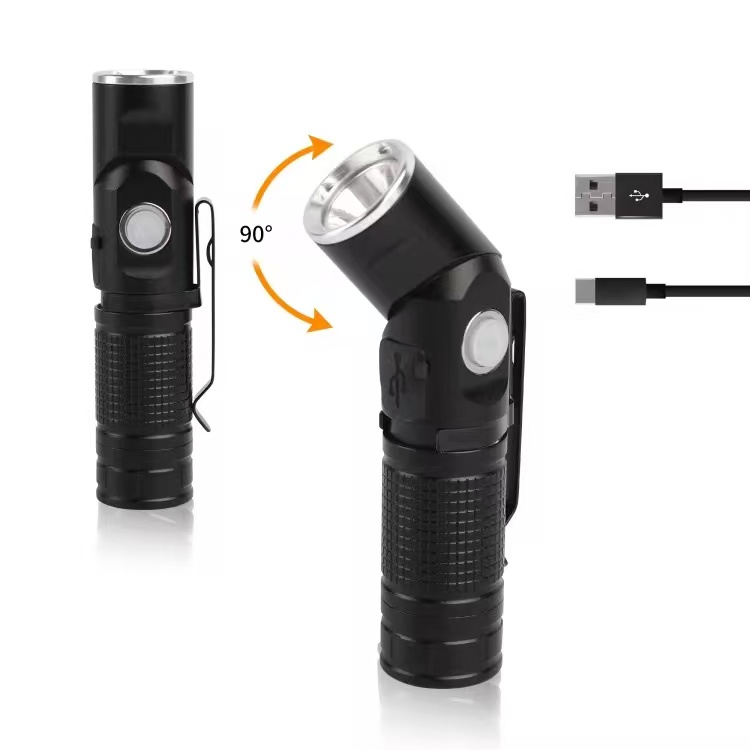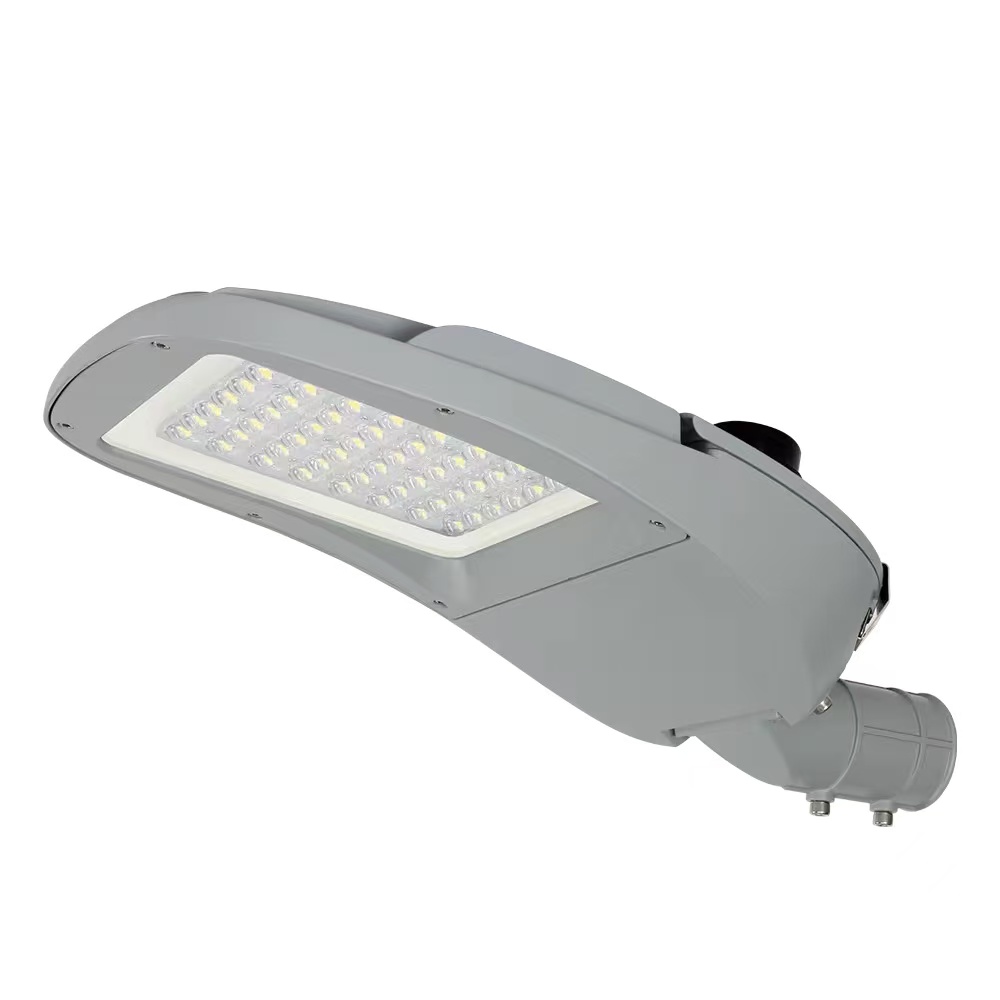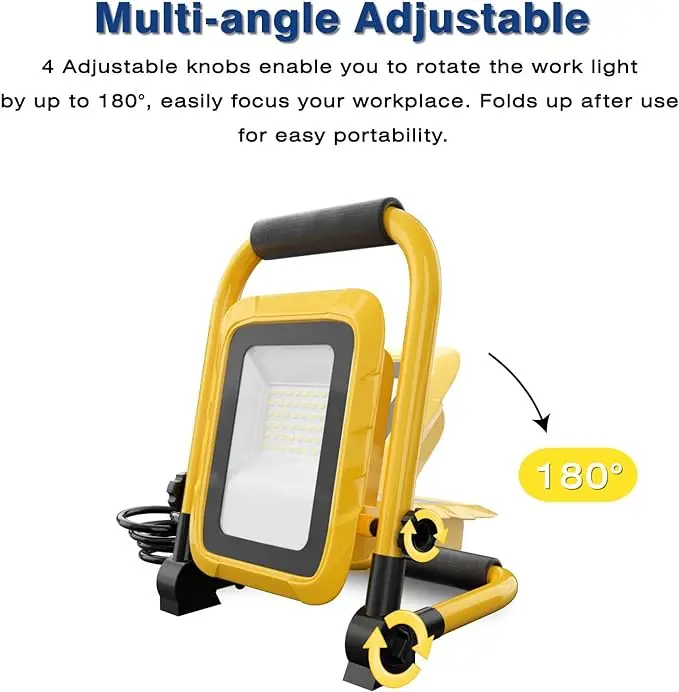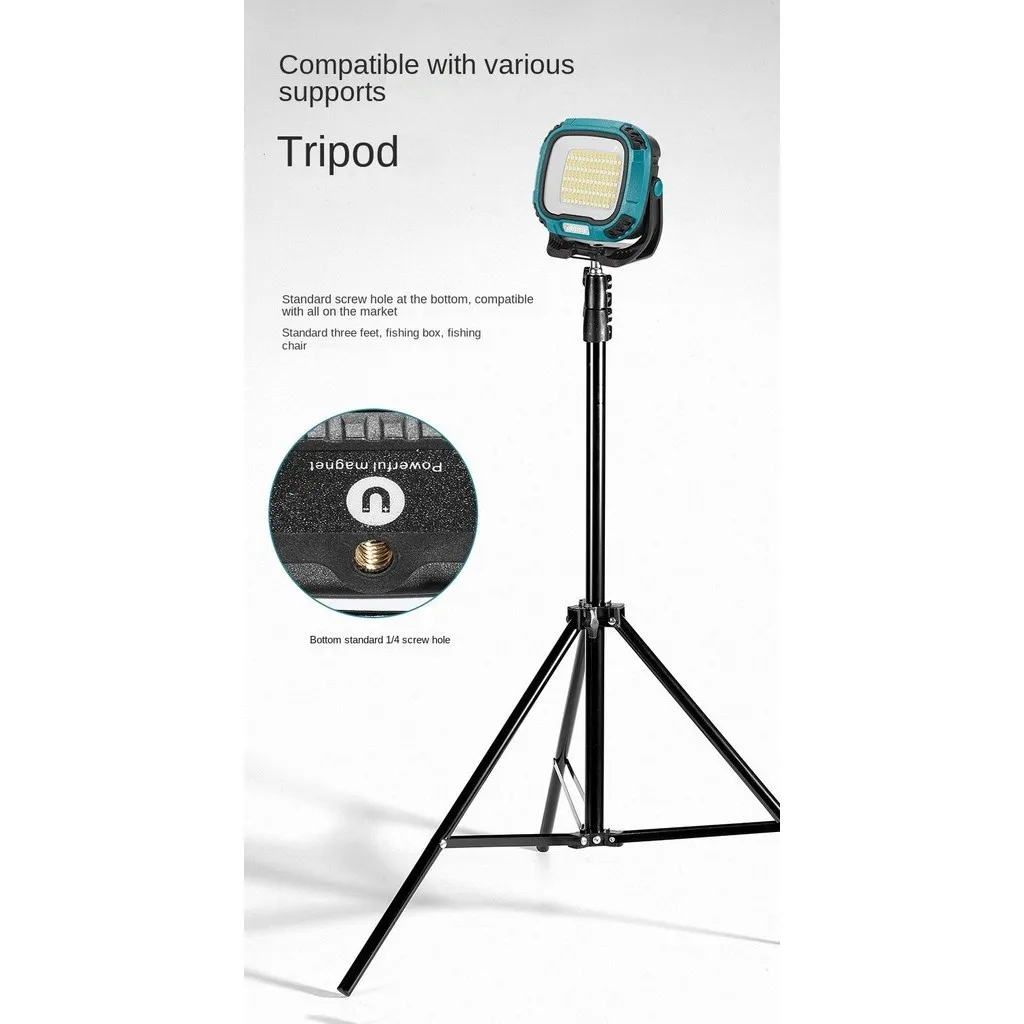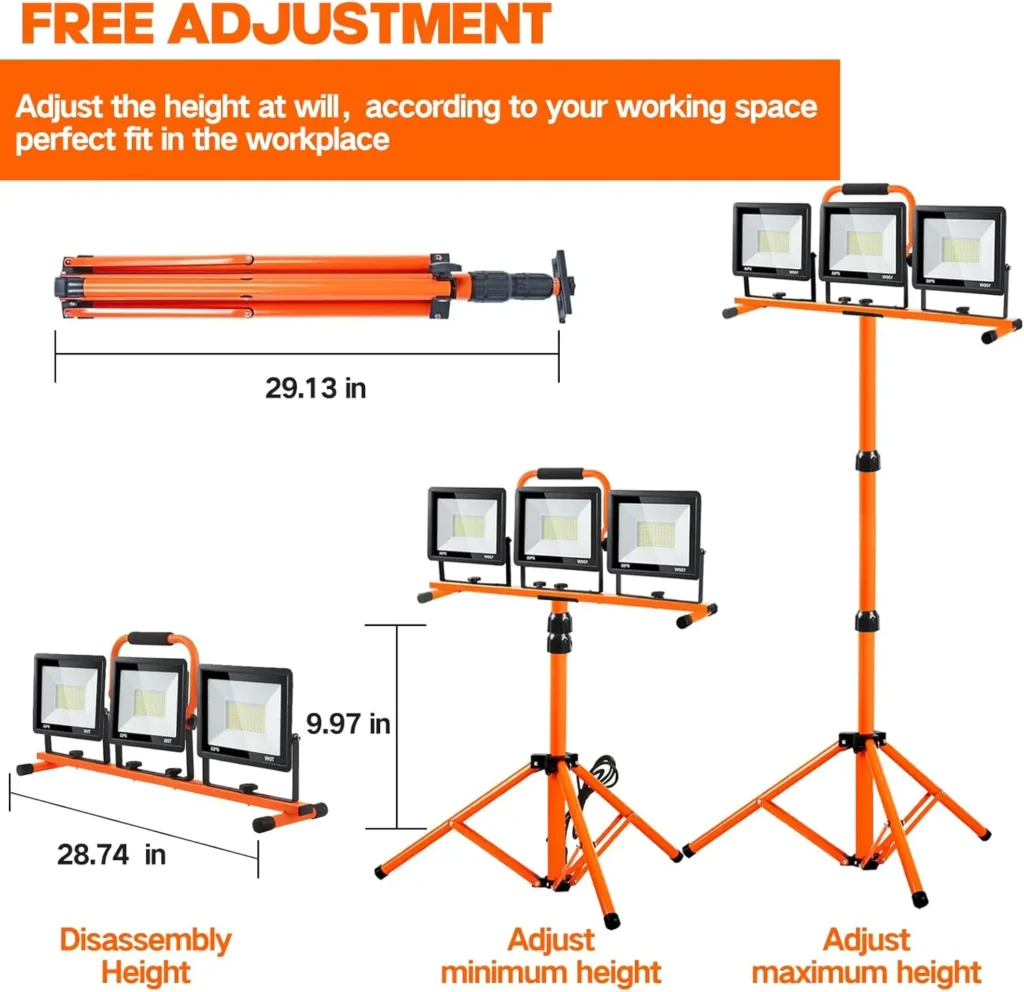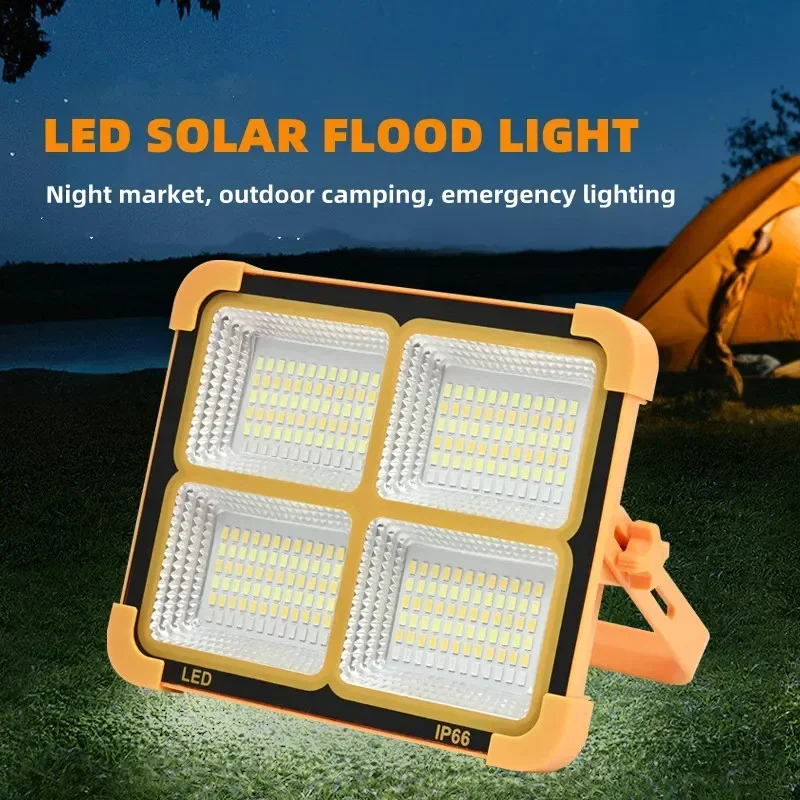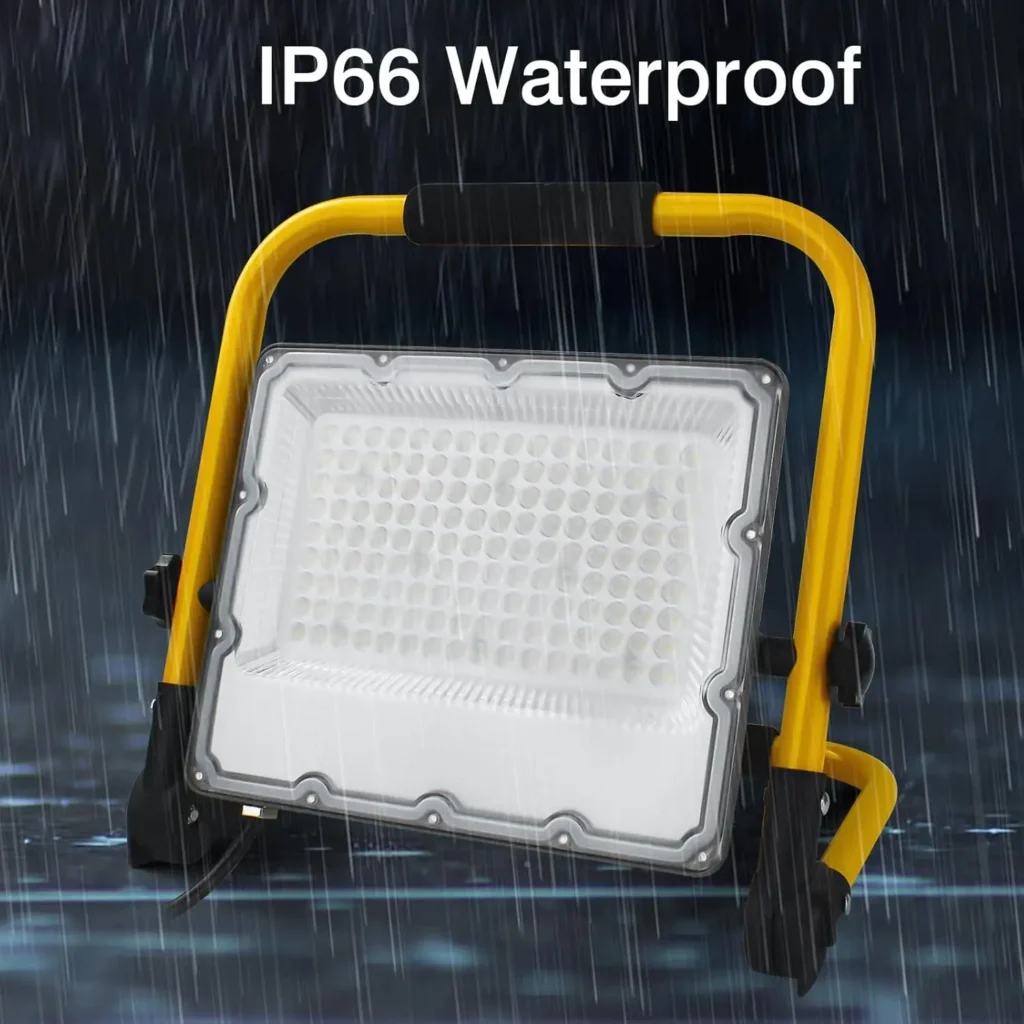How to choose the light transmitting components?
In the Field of Industrial Lighting In the field of industrial lighting, LED lamps, with their significant advantages of high efficiency, energy saving, environmental protection and sustainability, are gradually replacing traditional lighting methods and becoming the mainstream choice for various industrial environments. The light-transmitting component, regarded as the “soul window” of an LED lamp, not only undertakes the important task of accurately distributing light to the required area but also perfectly combines the aesthetics and practicality of the lamp. This article will conduct an in-depth analysis of two mainstream light-transmitting materials used in industrial LED lighting fixtures—PC (Polycarbonate) and tempered glass. It will elaborate on their characteristics, advantages, and limitations in detail, aiming to provide readers with a comprehensive selection guide. This guide will help you accurately select the most suitable lighting solution for your needs in the complex and diverse lamp market. PC Material: Lightweight, Impact-Resistant, and Flexible in Processing PC (Polycarbonate) is a type of thermoplastic polymer that is widely used in industrial LED lighting fixtures due to its unique properties. The main characteristics of PC light-transmitting components include: Flexible Processing & Limitations of PC Material Flexible Processing: PC material has excellent plasticity and can be easily processed

